At the end of January, I went on a weekend camping trip with the astronomy group to a site inside Wadi Sahtan (see map below for location). This group normally goes out near new moon time, to benefit from darker skies. The camping site is at 900 m altitude and provides a fantastic view of the northern face of Jebel Shams, the highest mountain in Oman (3,000 m above sea level). This northern face is an impressive 2,000 m sheer vertical wall that will leave you speechless. It is impossible not to feel the presence of this mountain.
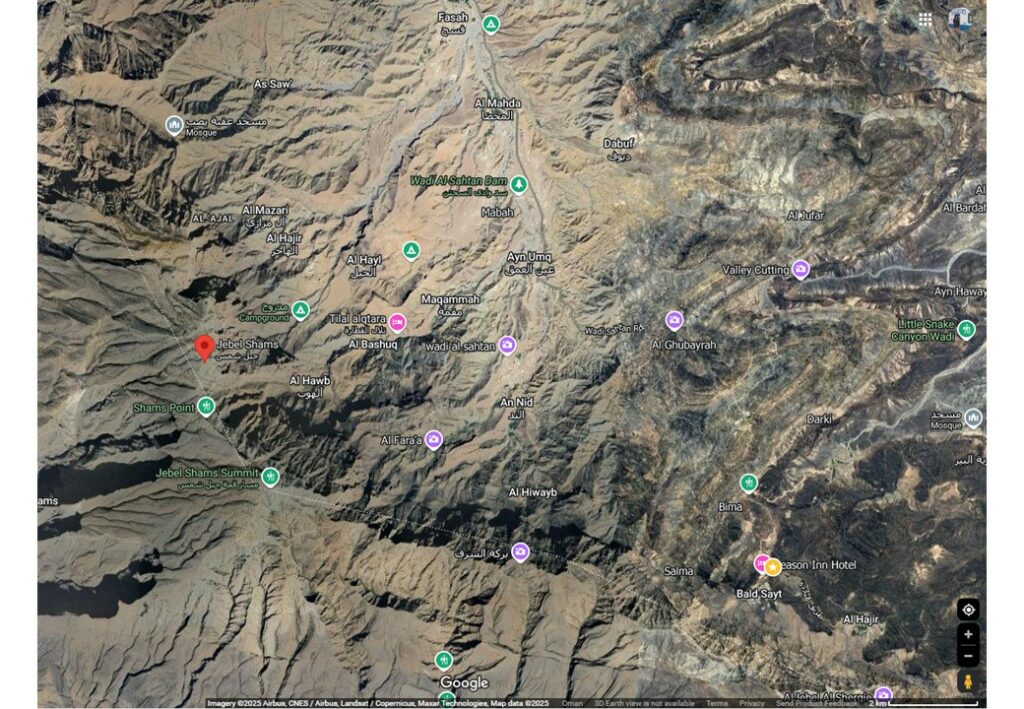
I arrived at the campsite around 3 pm, and after setting up my tent and other camping gear, I went for a walk for some initial exploration. The landscape is made up of rocky outcrops, with some narrow gulches and scattered bushes. Even though the sunset would be around 5.30 pm, it would happen behind the mountain, meaning that the place would be in the shade sooner rather than later. As the sun disappeared behind Jebel Shams, there was a display of light beams that lasted for a few minutes, and I made several photos of this beautiful phenomenon. For this trip, I only carried the Voigtlander X 27 mm f/2 lens, which provides an angle of view equivalent to a 40 mm lens on full frame sensors. This is a small manual focus lens, perfect for travel.
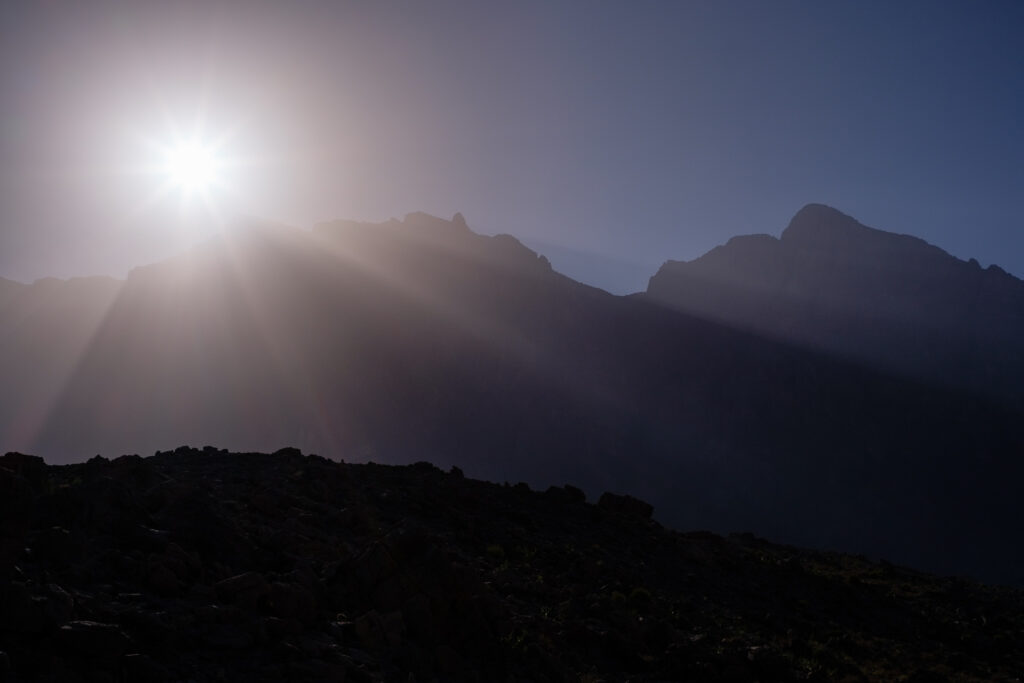
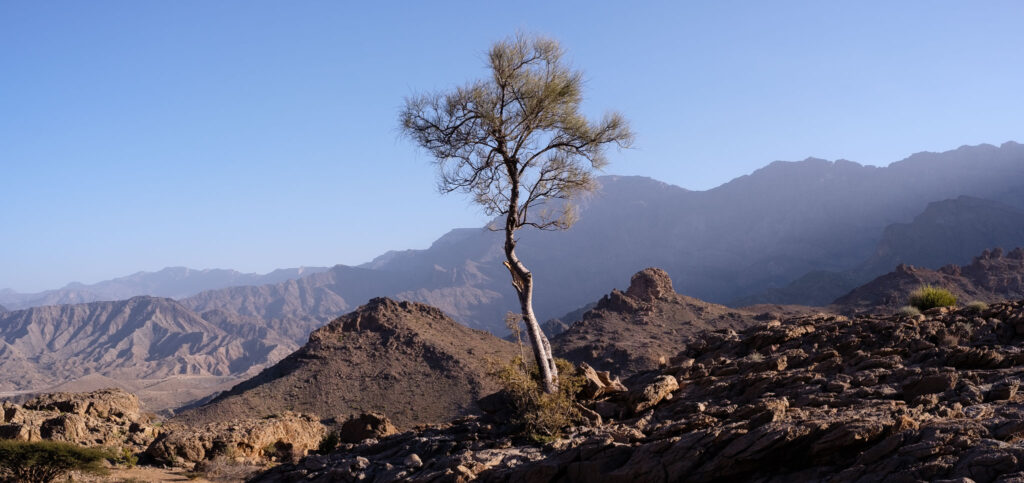
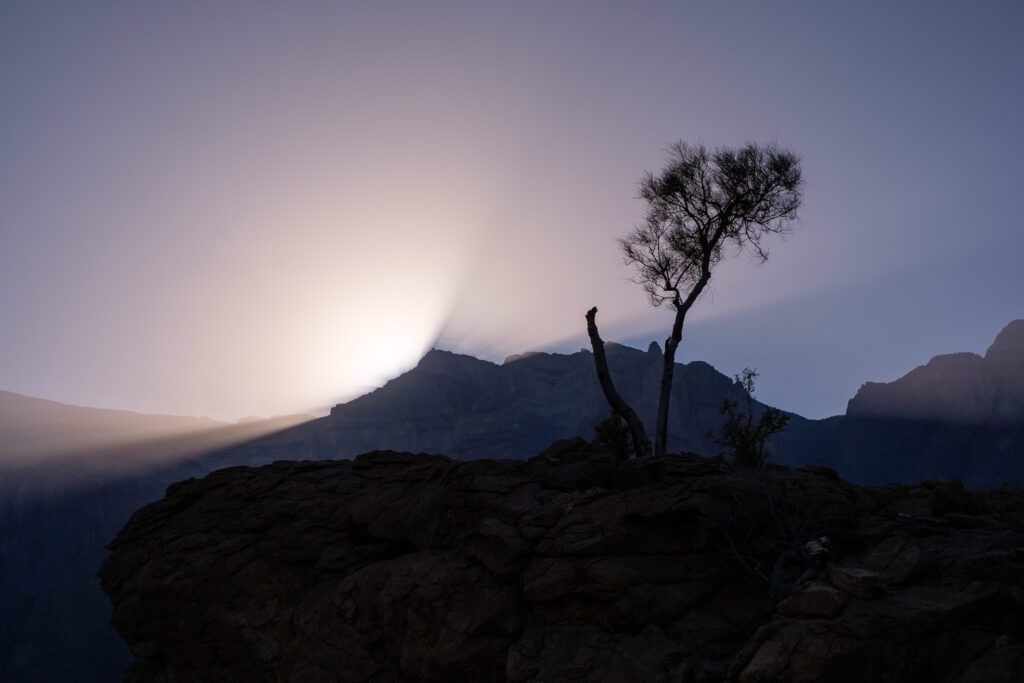
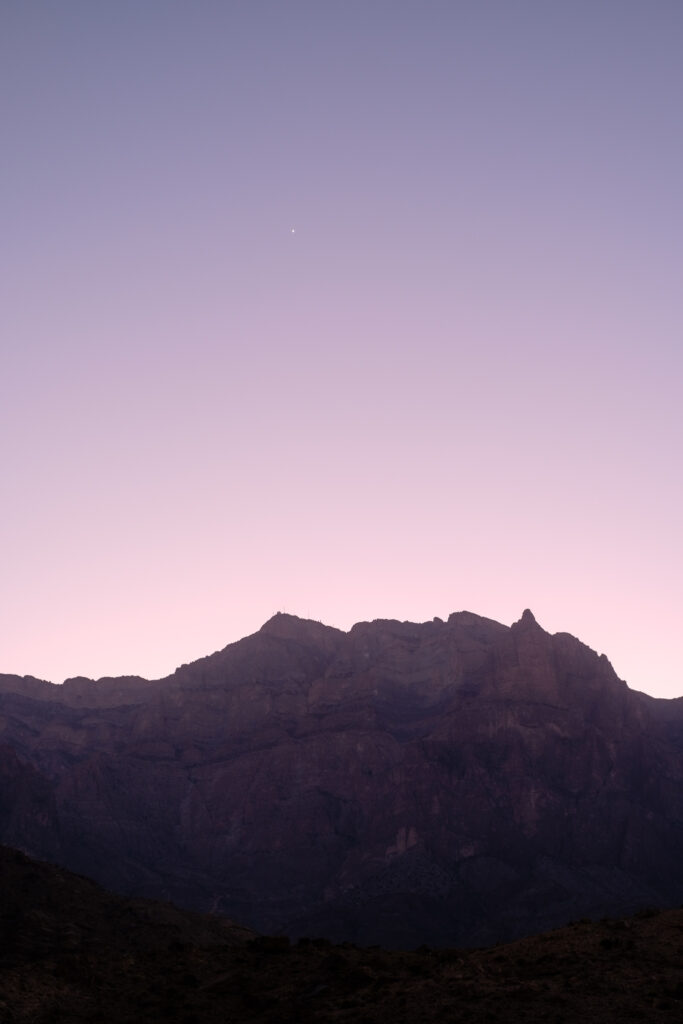
During twilight, it was possible to see Venus and Saturn setting in the West, while Mars was climbing in the Eastern sky. Jupiter was straight above us. These planets were nice to see on the telescopes, plus Neptune. It was great to be able to see so many planets on one occasion. In terms of photos, I set up my camera on the tripod and used the timer to make hundreds of exposures, to be later assembled in star trails. I framed the top of Jebel Shams against the sky, including its radar and observatory installations. Leaving the camera to do its job, I went to sleep. I wanted to be up before sunrise, to see the magnificent mountain wall being lit by the first daylight. The sky had been clear the whole day, and thanks to the low temperatures and crisp air, the visibility was high.
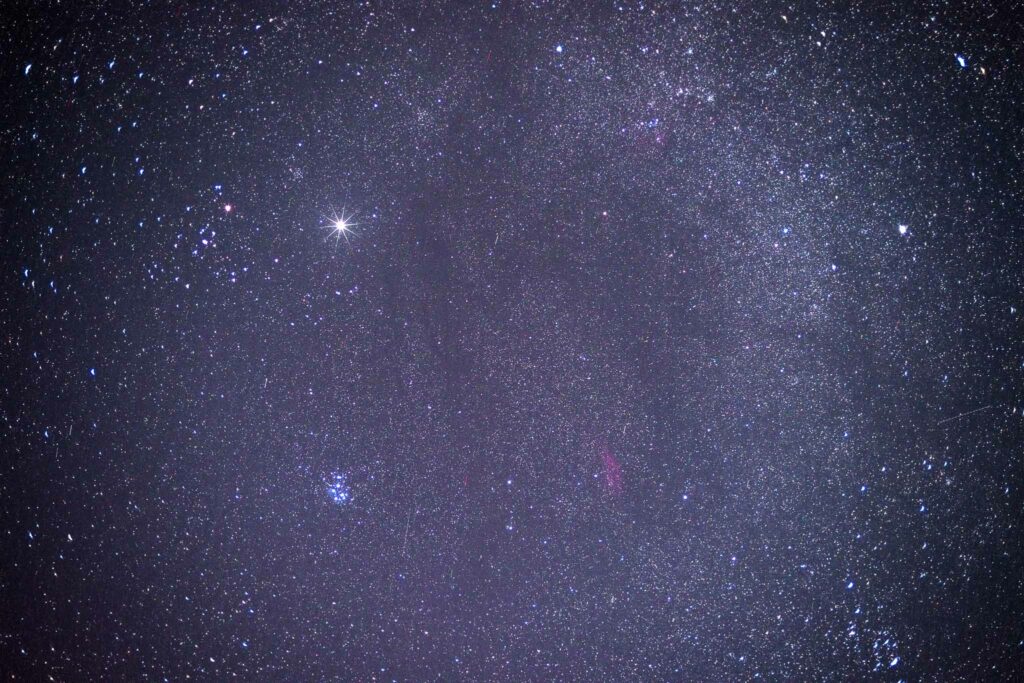
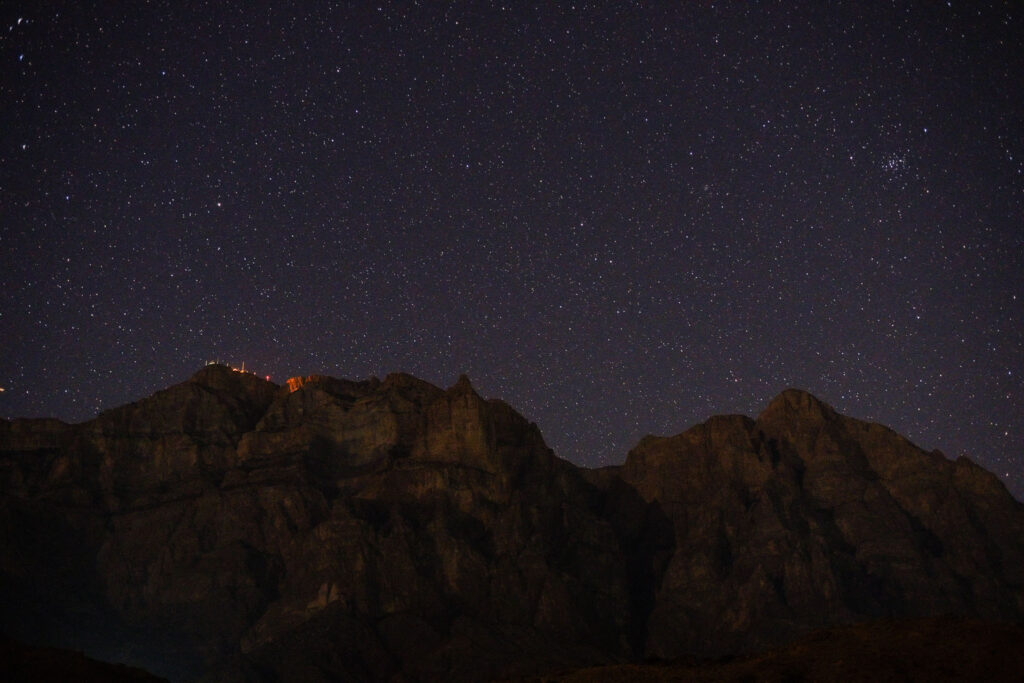
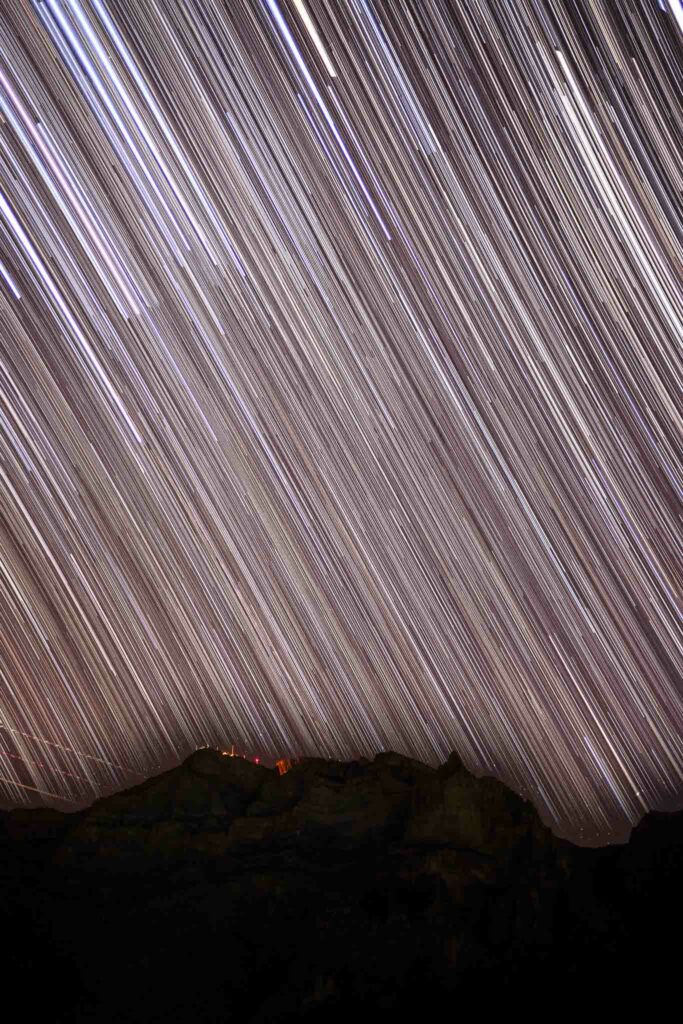
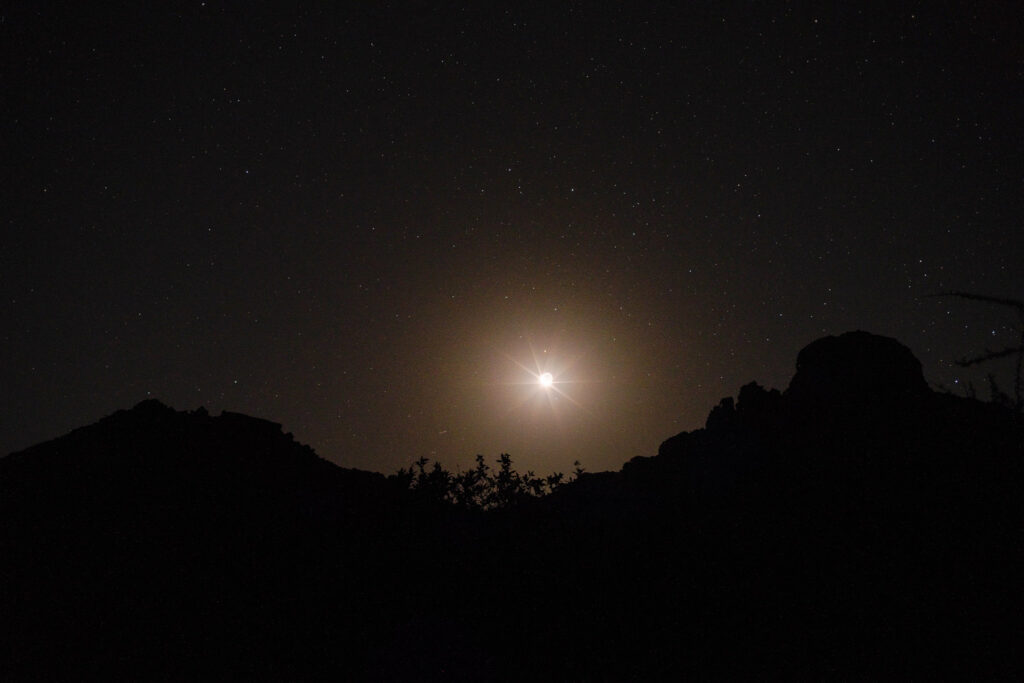
I woke up well before sunrise, to a cold and breezy morning with clear skies. I made my way to a vantage point facing the mountain I had scouted the day before, set up the camera on the tripod, and waited. As the first light of the morning started to appear on the eastern horizon, Jebel Shams started to glow in orange hues; a few minutes later, direct light hit the wall, first on its top edge, and then progressively made its way towards the bottom. I was making photos very quickly, admiring the full glory of this majestic mountain at sunrise. This show lasted for about 10 minutes, but it will be forever imprinted in my mind. The photos are only able to convey a hint of the real spectacle that was provided by Nature.
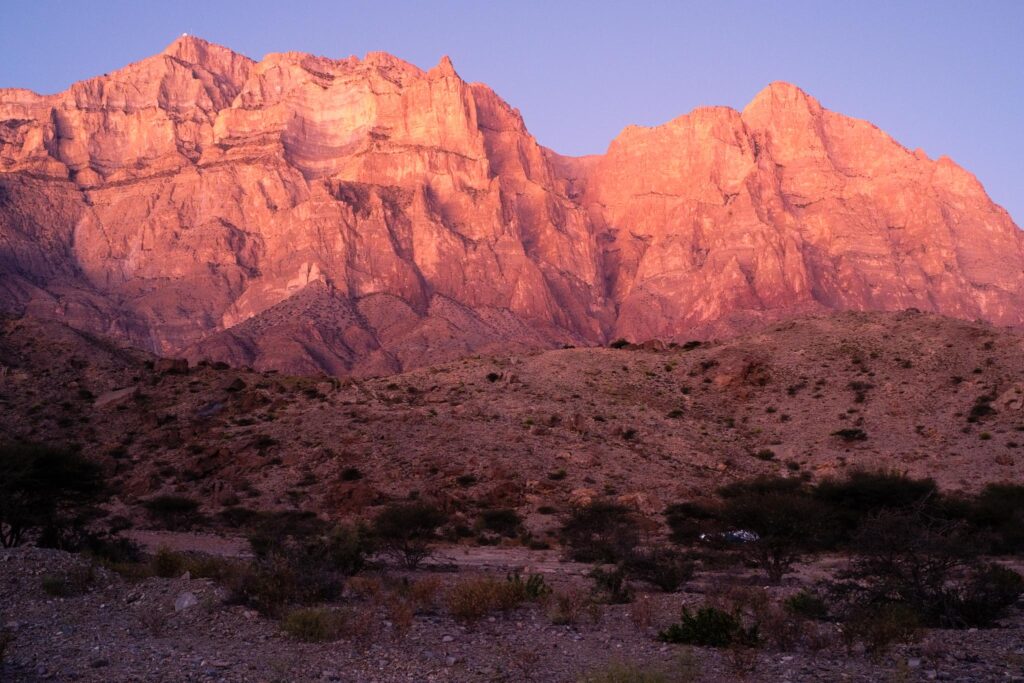
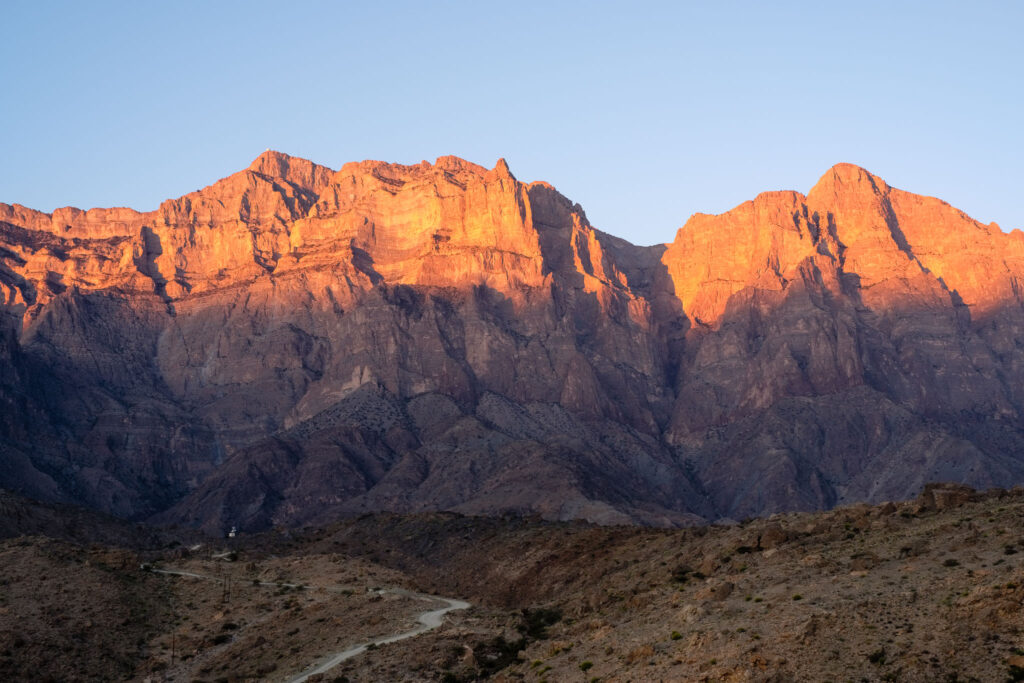
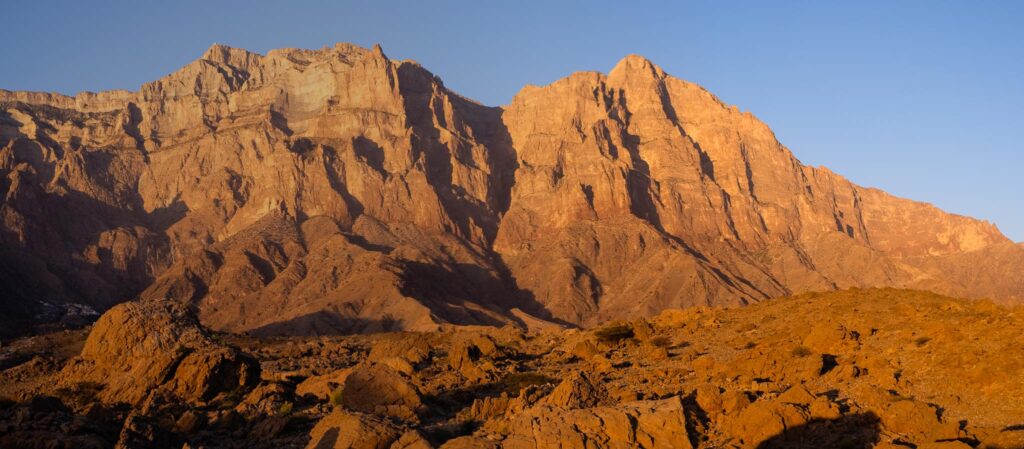
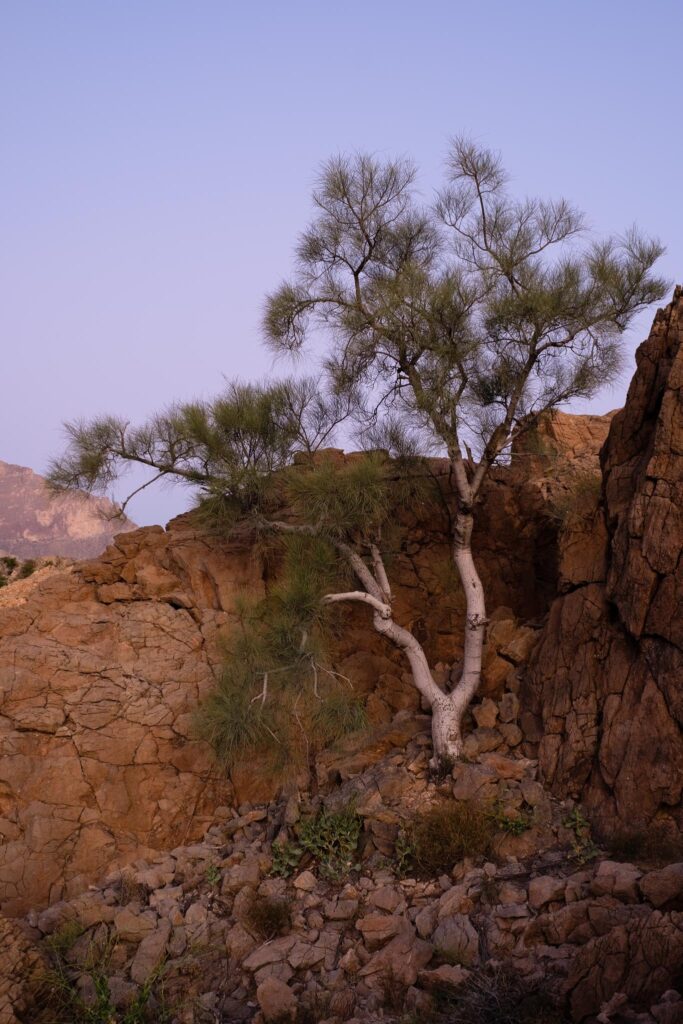
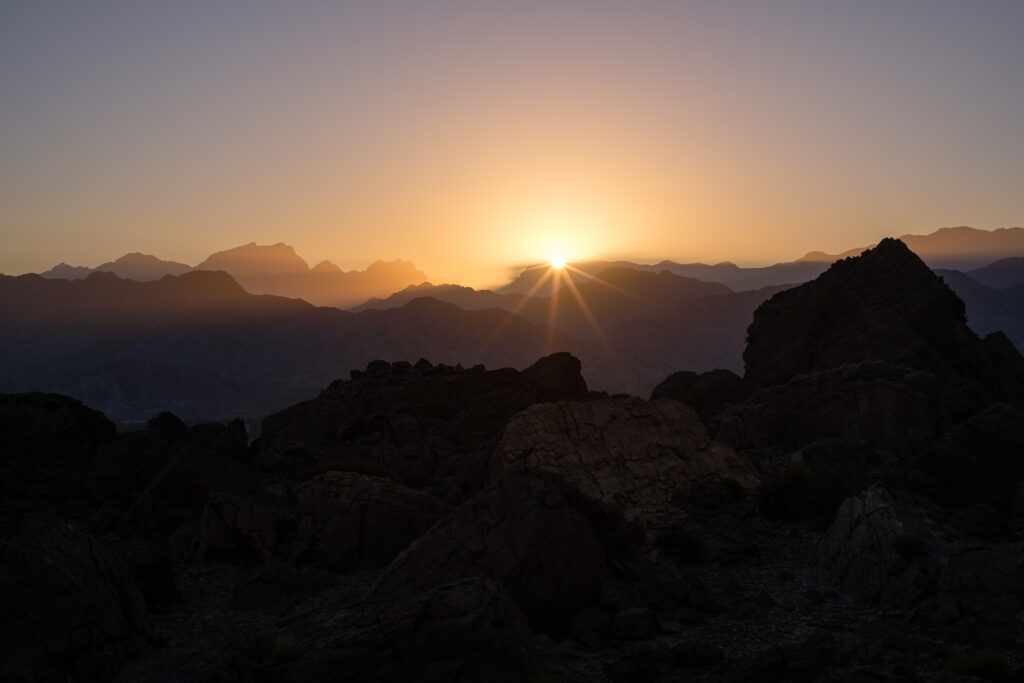
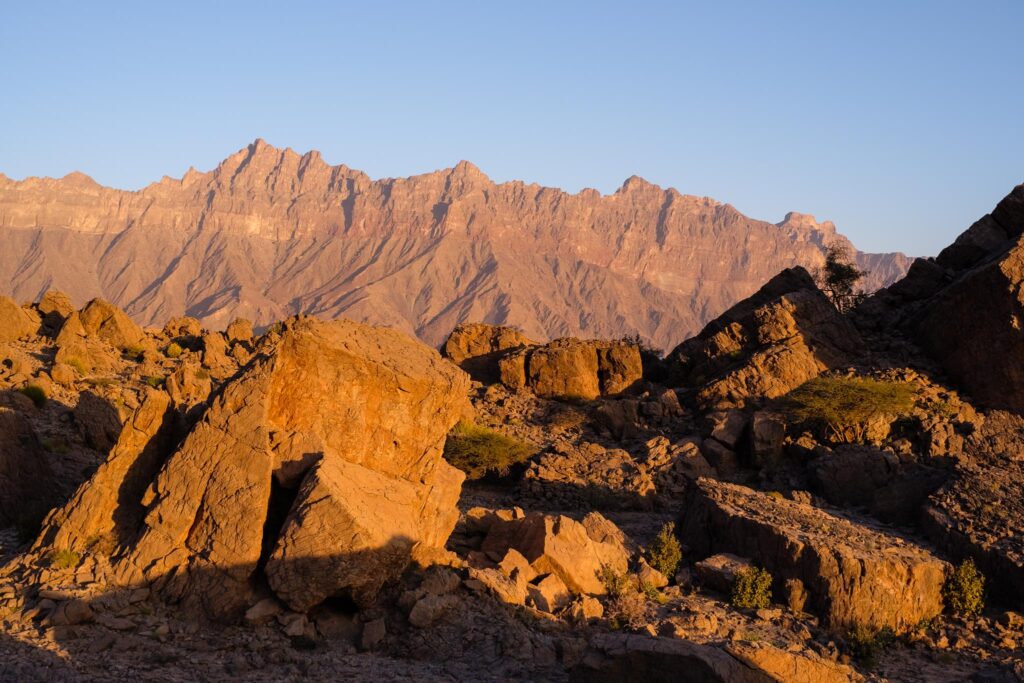
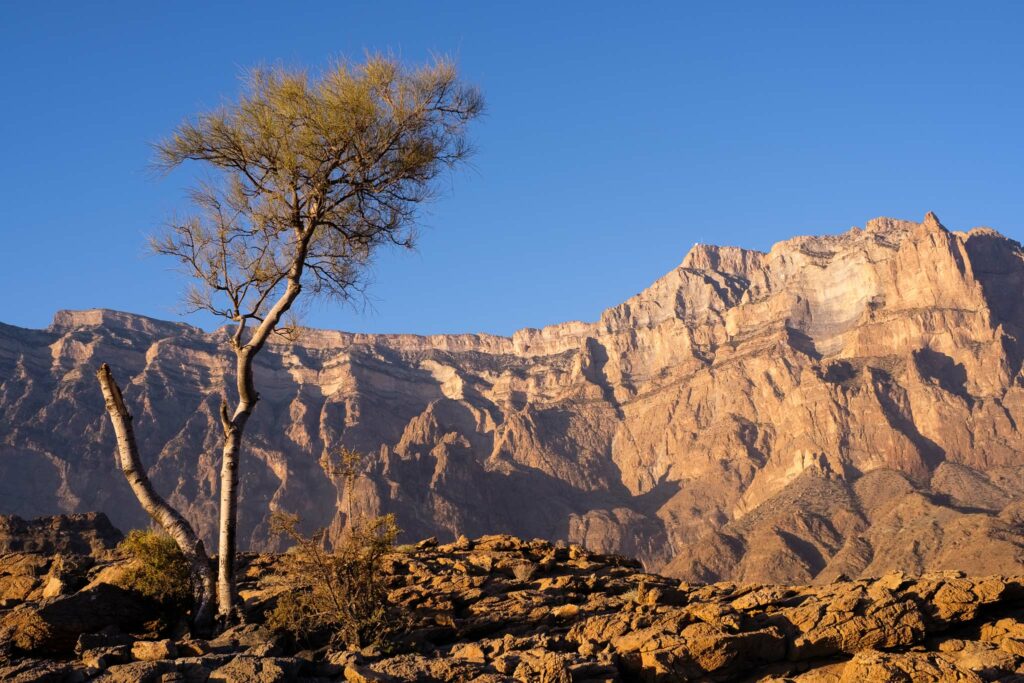
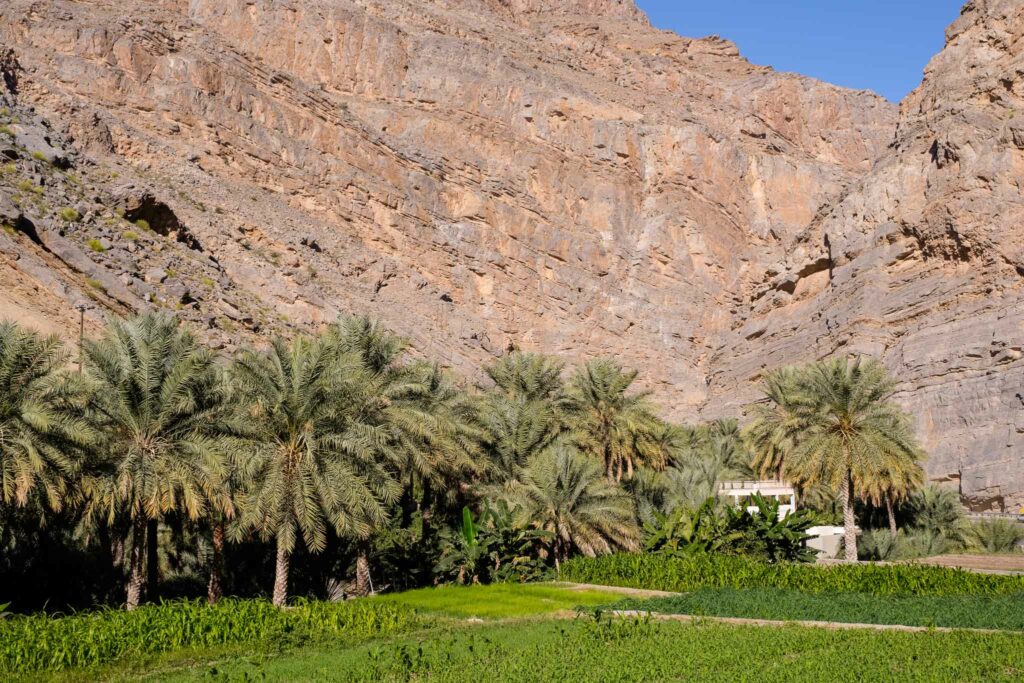
Once the morning light had reached the campsite, I went back to my tent for breakfast… with a fantastic view of that 2,000 m vertical rock face. Then it was time to pack up and head back home, already with plans to come back.